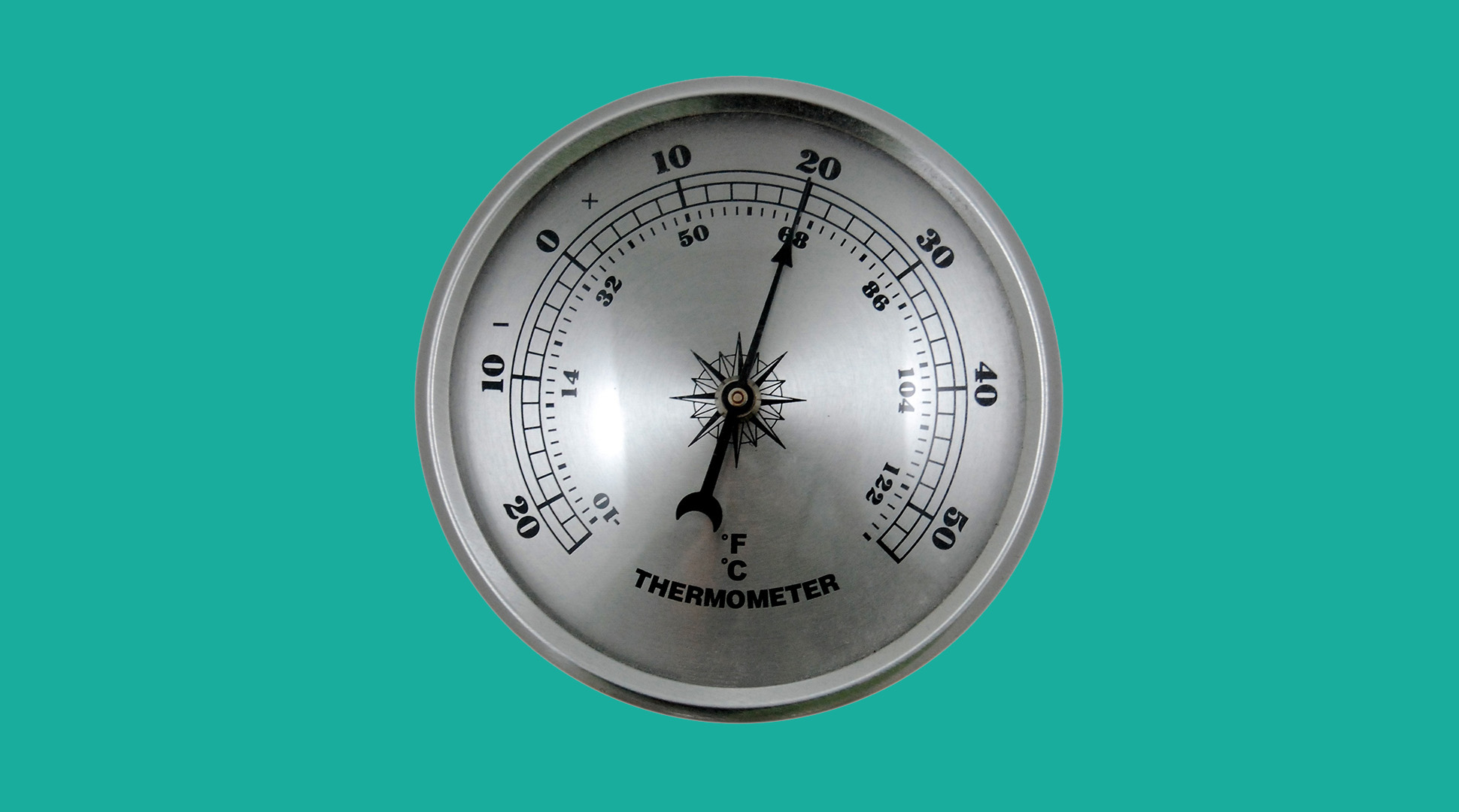header photo courtesy Pixabay
by Julie Garden-Robinson, PhD, LRD
I saw the river of creamy liquid on our garage floor at the base of the freezer. I was on the way to retrieve something to thaw for dinner a few years ago.
My heart sank as I walked closer. I saw that the freezer door was slightly ajar.
The liquid came from a large box of melting ice cream bars that were irresistible to my children, especially on warm summer days.
After squeezing the food packages, I closed the door and began coming up with a game plan to deal with thawed food. Let’s just say that this mom was not happy.
I found an ice cream wrapper in the trash. I could have smelled my kids’ breath for chocolate. They would have left DNA on the wrapper for scientific testing. Instead, I got to work because my kids were not home.
I thought about the type of food, the current temperature and the approximate amount of time that had elapsed. I grabbed a food thermometer and checked the temperature of the thawed food.
I determined that most of the food could be used, even though it was fully or partially thawed. The food temperature was still about 42 degrees. The freezer door was closed now so the temperature was decreasing.
Meat that is partially thawed and has ice crystals can be refrozen; however, I did not want to refreeze the meat for quality reasons. I made enough meals for a couple of weeks, including casseroles, soup, roast and pulled pork. I used every appliance in my possession.
When my kids arrived home, they thought I had prepared a feast for them. I interrogated them and found my culprit. Since it was an accident, no punishment was in order, just a stern warning to be sure the freezer door is closed.
I regularly handle calls and emails from disgruntled people who find food that is partially or fully thawed. No one likes to throw food away. Unfortunately, freezers and refrigerators can stop working for lots of reasons, such as power failure from a storm, floods or equipment failure.
Sometimes, saving perishable food is not possible but you can try some steps. During power outages, keep the door on the freezer closed. A full freezer will maintain the food cold for up to two days. A half-full freezer will keep food safe for about a day, as long as you keep the door closed.
The U.S. Department of Agriculture uses a two-hour rule for determining safety. If the frozen meat, dairy, soup or casseroles have thawed and been above 40 degrees for more than two hours, the food is best discarded.
If you discover a refrigerator or freezer that is filled with food above the desired temperature of 40 degrees F for refrigerators and 0 degrees for freezers, think about the type of food it is.
Meat, poultry, fish, milk and other high-protein foods are excellent media for growing bacteria. They spoil quickly. If your refrigerator contains condiments such as ketchup, mustard, steak and Worcestershire sauce, your food is fine to use.
Ketchup and many other condiments are “acidified” foods. They are at an acidity level that does not grow bacteria. That’s why many restaurants often leave these condiments on the table. However, these tasty sauces will maintain their flavor better if they are kept in the refrigerator.
If you find warm milk in the malfunctioning fridge, and you do not know how long it was at room temperature, the safest thing to do is to toss it. Whole fruit and vegetables are safe to use.
Melted ice cream does not refreeze. Soft and semi-soft cheese and shredded cheese should be discarded if held above 40 degrees Fahrenheit for more than two hours, while hard cheese such as parmesan can be refrozen. Breads, including muffins, can be refrozen.
Julie Garden-Robinson, Ph.D., R.D., L.R.D., is a North Dakota State University Extension food and nutrition specialist and professor in the Department of Health, Nutrition and Exercise Sciences.
